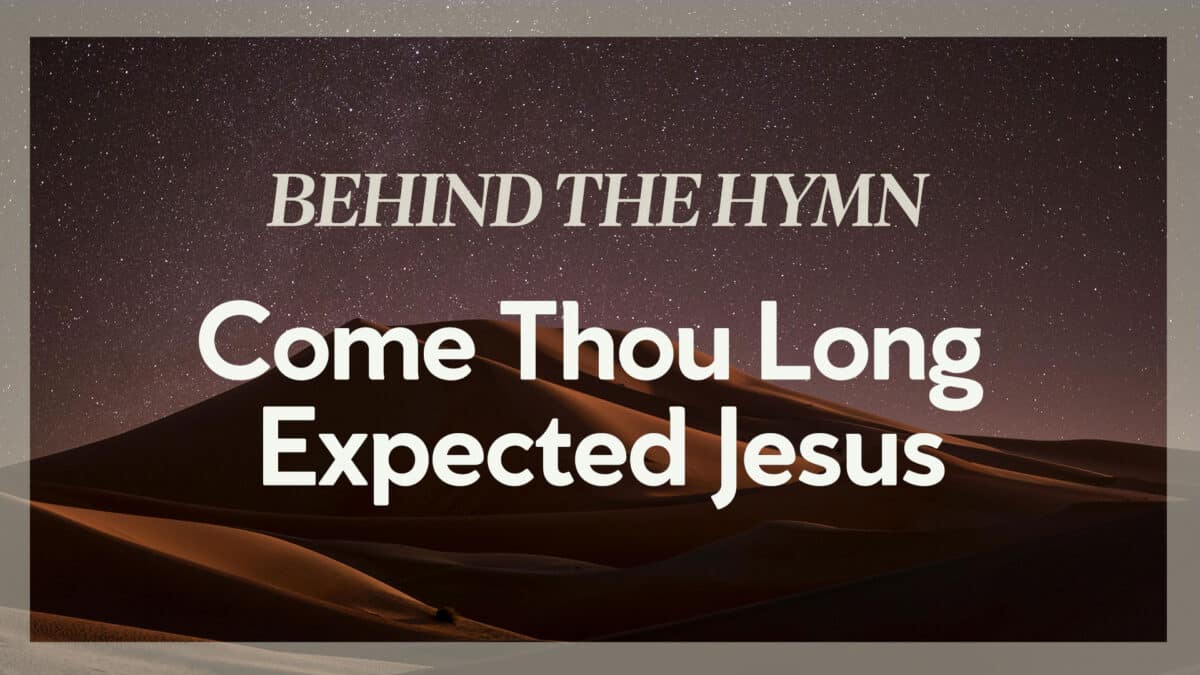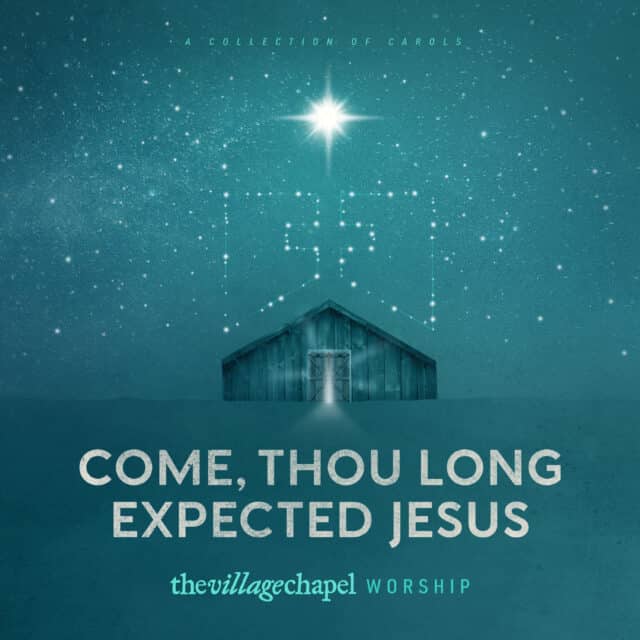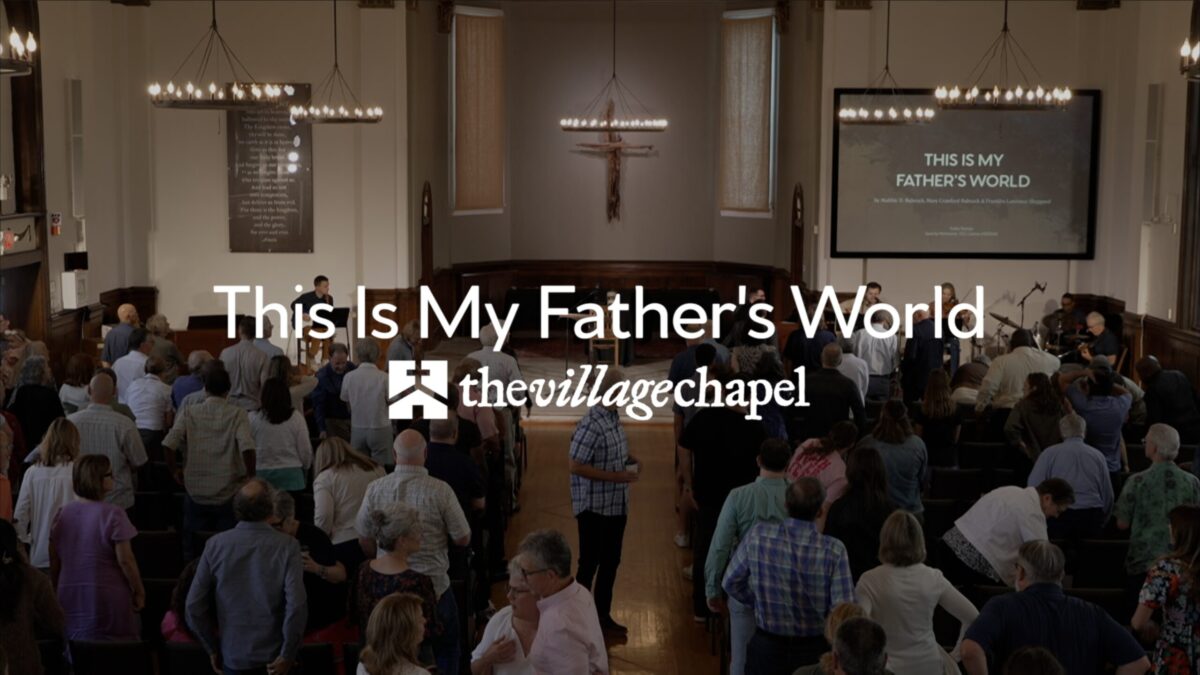Come, Thou Long Expected Jesus
Behind the Hymn
by Associate Pastor Tom Yarbrough
“Come, Thou Long Expected Jesus” was written by Charles Wesley and first published (without music) in a 1744 collection titled Hymns For the Nativity of Our Lord. Over the centuries, the hymn has become more widely known as an Advent carol, with lyrics that serve as a petition for the incarnation and a forward look to Christ’s return and reign.
What Wesley accomplished in only two eight-line stanzas was the result of his biblical understanding of messianic prophecy and unique command of verse. The beginning of the first stanza serves as a prayerful invitation to the promised Messiah. Jesus is expected. Isaiah foretold His arrival 700 years before His birth. But in the song’s following lines, there is also an expressed need. It has existed since The Fall, as described in Genesis 3. In essence, it’s a messianic mission: we are a people who need freeing. We have fears, sins, and restlessness that only this promised Messiah can remedy. He is the strength and comfort promised to Israel after crying out to God in the consequences of their rebellion. He heard His people and offered them hope. And now, all the earth is offered the same hope. Every nation’s desire will be met in Jesus, and every longing heart will have true, lasting joy because of Jesus. And so we don’t only wait for His return, we hasten it. Come, Lord.
We have fears, sins, and restlessness that only this promised Messiah can remedy. He is the strength and comfort promised to Israel after crying out to God in the consequences of their rebellion. He heard His people and offered them hope. And now, all the earth is offered the same hope. Every nation’s desire will be met in Jesus, and every longing heart will have true, lasting joy because of Jesus. And so we don’t only wait for His return, we hasten it. Come, Lord.
Wesley’s second stanza incorporates the repetition of “born” to emphasize why the incarnation was necessary. He was born to deliver and to reign as a King, first in our hearts and then in His kingdom, which He will bring. He rules in the hearts of believers and on a glorious throne. Our participation in His kingdom is according to His goodness, not ours.
Today, we most often sing “Come, Thou Long Expected Jesus” to a Welsh hymn tune called “Hyfrydol,” attributed to composer Rowland H. Prichard. This music has been a setting for multiple hymn texts, including “Jesus, What a Friend For Sinners,” and “Alleluia! Sing to Jesus.” But how did Prichard’s tune end up with Wesley’s text? The answer includes a connection to another beloved Advent carol. The complete hymn as we know it today was first credited to Anglican hymn writer and translator John Mason Neale, who may be most well known for translating and paraphrasing the medieval “O Antiphons” from Latin to create the sacred carol “O Come, O Come, Emmanuel” a century after Wesley’s hymn. Though the two songs may not sound the same, a side-by-side comparison of the texts reveals the same themes: a petition to the longed-for Messiah to come and deliver us from sin, bring peace and comfort to all nations on earth, and fulfill the promise made to Israel.
Advent is a time of waiting, a time of expecting, a time of hastening and hope. As we pray for our Lord to come, let us hope well beyond the next four weeks, beyond this season (good as it is), toward the certain return of our King and the ushering in of His gracious kingdom. Until then, we pray together, “By Thine own eternal Spirit, rule in all our hearts alone.”
Find the TVC Worship album Come, Thou Long Expected Jesus: A Collection of Carols.





